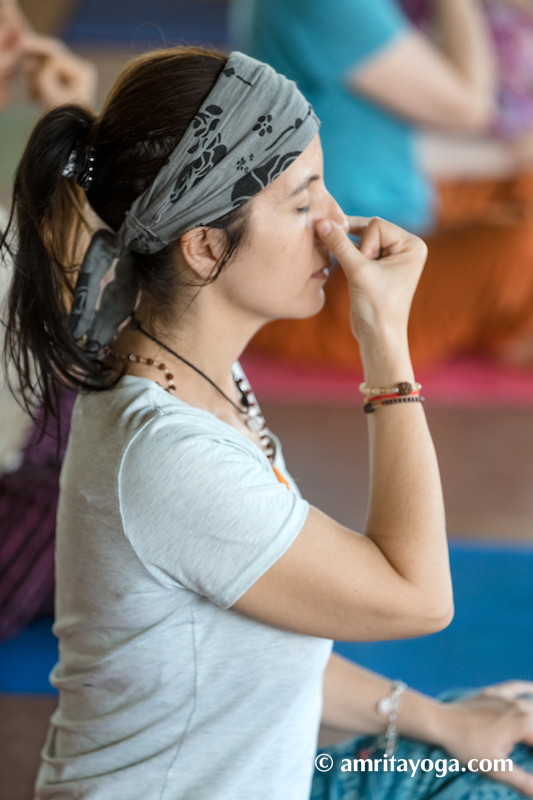Why Focus on Breath?
Yoga has a very scientific approach to breath. Most people use only one-third of their lung capacity. Yoga teaches abdominal breathing, which allows us to use more of our lung capacity. You can then breathe deeper and relax more. Breathwork is an active meditation that uses your physical breath as a focal point to achieve a variety of outcomes.
In general, there is no tension when nature breathes its rhythms of life. This is the way it should be for us as well. If there is tension in our bodies, the sympathetic nerves have taken over and activated a response that is stress-inducing and life-force reducing.
Once you get used to feeling your breath in yogasana practice, you can slowly let this breath awareness seep into other times of the day. You can create a habit of tuning internally to your breath.

